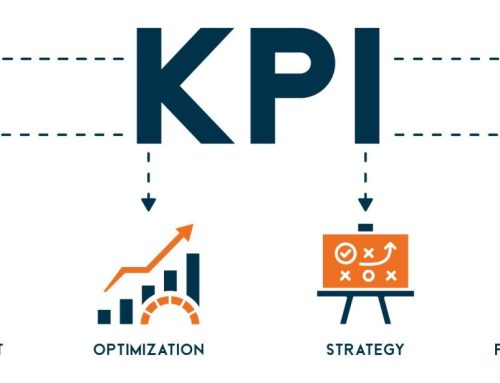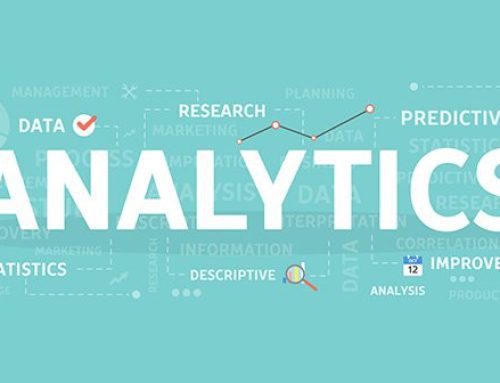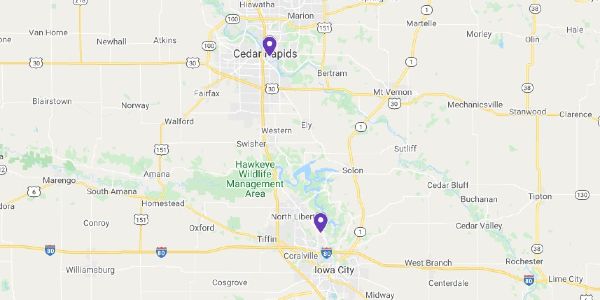In last week’s Vortex Marketing Blog Post, we began discussing Bounce Rate: what it is and one factor that could contribute to a poor rate, having a Single Page Website. Today, I’m going to talk about the next factor that could negatively affect your Bounce Rate. But first, let’s have a quick review.
Quick Refresher
A bounce rate is when a user comes to your website, and leaves without visiting another page or clicking a link. Thus, a Bounce Rate is the percentage of visitors that bounced. This is why Single Page websites can have a large bounce rate, since there is only one page to visit and usually only one action available to users.
The next factor that can negatively influence Bounce Rate can even affect Single Page sites:
a Confusing Layout and Design.
Confusing Layout/Design
Regardless of the amount of pages, most high Bounce Rates are due to confusing page layout or design. When a user visits a page, the content needs to be interesting enough for the user to want more, and the ability to find more needs to be front and center.
If a user can’t find what they want within a few seconds, they’re bound to leave for the next website. Remember, a better website is only a few seconds away. That’s why it’s imperative that your site’s design easily highlights the UX (user experience) you want users to follow.
One of the biggest design mistakes that cause high Bounce Rates are the incorrect implementation of Calls to Action. A Call to Action is telling the user what you want them to do. Examples are “Sign Up Now!” or “Call Now!” or “Buy!” Without easily identifiable Calls to Action (or CTAs), users are left confused about what to do, and end up leaving.
A poor Call to Action is one that doesn’t differentiate itself from the content on the rest of the page. Calls to Action need to pop out from the rest of the page and make a user know that that’s where they need to click or call. There should be no question as to where to go next if a Call to Action is done correctly.
I’ll be covering CTAs and Landing Pages more in the near future, but for now, look at your website or have someone you know look at it from an outside perspective. If there is any confusion about where to go once you land to the page, it may be time to redesign your website!
Check in next week for Part 3, where I’ll talk about how meta tags and SEO can affect bounce rates. And until then, make sure to look over your website for any confusing layouts or CTAs!
As always, if you have questions about Design, Splash Pages, UX, Calls to Action, or Google Analytics, call Vortex Business Solutions at 319.621.0191, or email jonathan@vortexbusinesssolutions.com.







